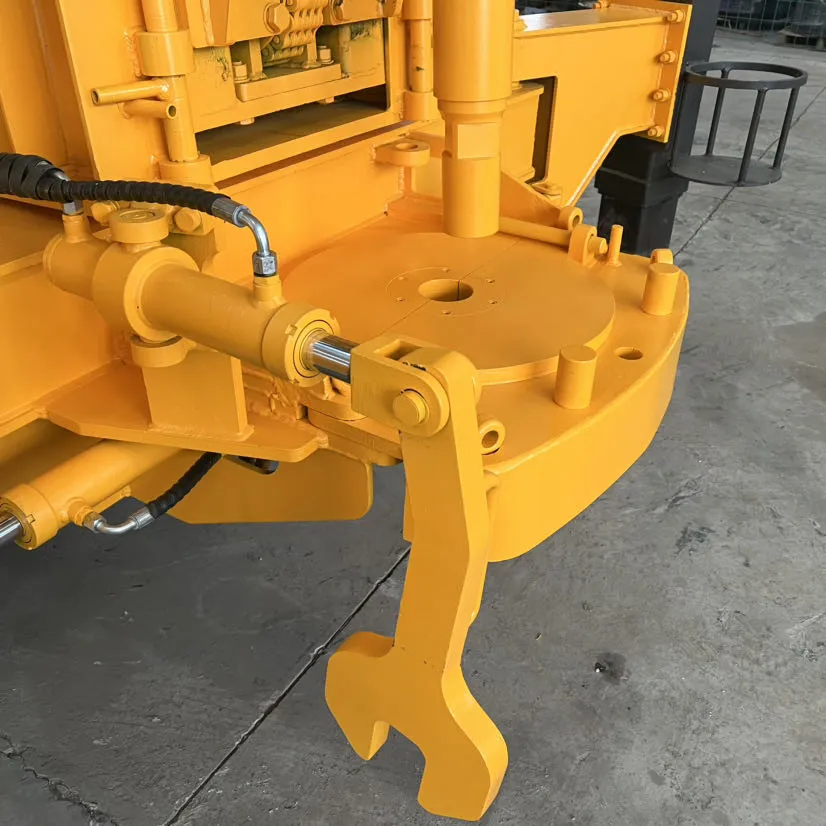The influence of drilling Wells in rock layers on the surrounding environment
Although rock layer drilling provides water resources and other benefits, it can impact the surrounding environment during construction.
During drilling, improper disposal of large amounts of mud can pollute soil and water. Mud may contain chemicals and rock debris. If discharged casually, harmful substances can seep into soil, affecting its structure and fertility. They may also enter nearby rivers and lakes via surface runoff, damaging aquatic ecosystems and endangering aquatic life.

Drilling equipment generates noise pollution. Especially in densely populated areas or noise-sensitive environments, high-decibel noise disturbs residents’ daily life and rest, harming their physical and mental health. Meanwhile, drilling operations may alter local geological structures. Without reasonable support measures during construction, geological disasters like ground subsidence or collapse may occur, threatening the safety of surrounding buildings.
To reduce these impacts, a series of environmental protection measures are needed. For mud, set up special ponds for collection and treatment. Through processes like sedimentation and separation, recycle useful substances in the mud and properly dispose of harmless ones. Use low-noise drilling equipment and arrange construction time reasonably to avoid high-intensity operations during residents’ rest periods. Before construction, conduct detailed geological surveys, formulate scientific construction plans, and adopt effective support measures to ensure geological structure stability. These measures can meet drilling needs while minimizing damage to the surrounding environment.
